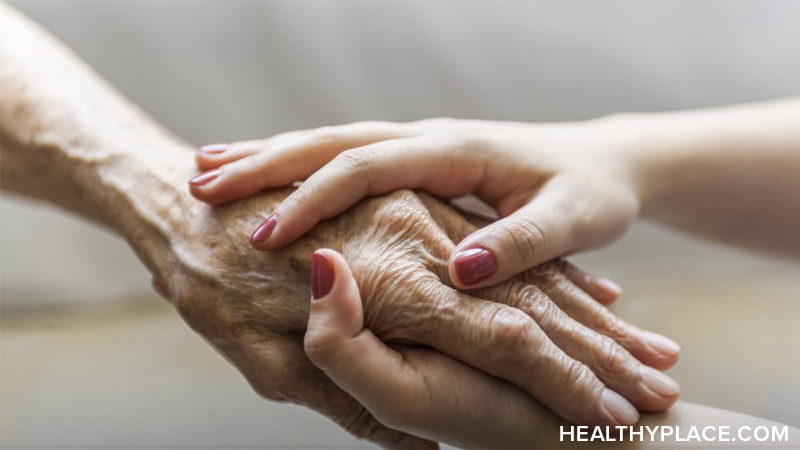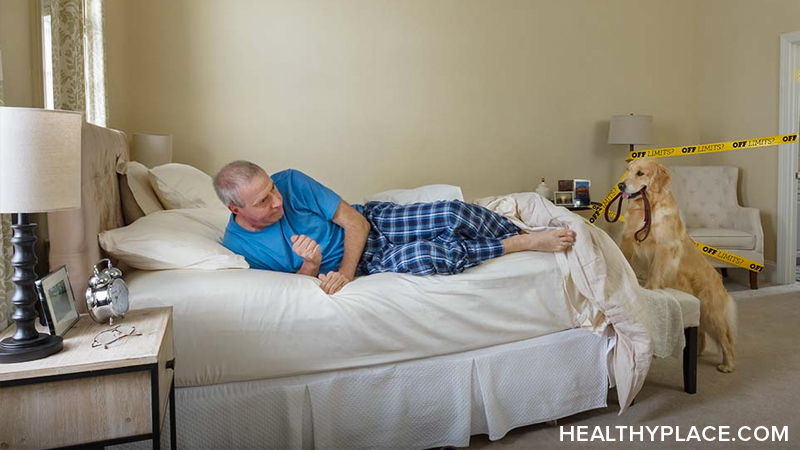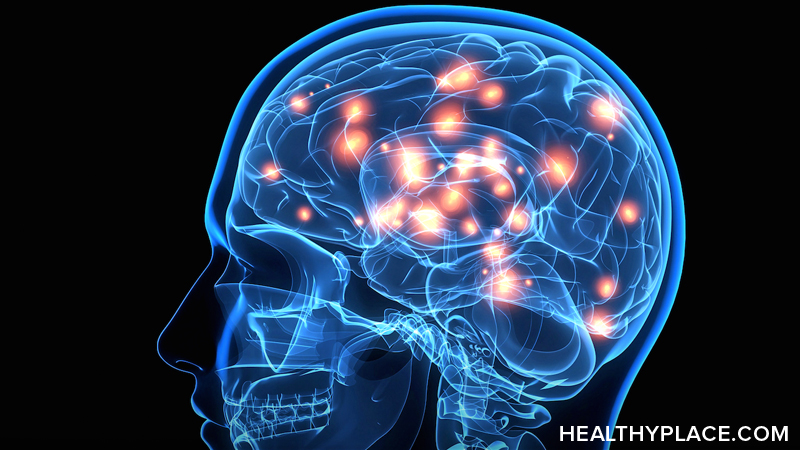Parkinson’s Disease OFF Episodes: Physical & Emotional Effects

The Parkinson’s disease ON-OFF phenomenon is something many patients experience. The phenomenon refers to a change between mobility and immobility that can happen at the flick of a switch. OFF episodes usually occur at the end of a dose when levodopa medication begins to wear off. For patients with Parkinson’s disease, the ON-OFF phenomenon can be life-altering. However, understanding your unique OFF episodes can help you combat the physical and emotional effects. Let’s explore what we know about the Parkinson’s disease ON-OFF phenomenon.
The Parkinson’s Disease ON-OFF Phenomenon
In Parkinson’s disease, the ON-OFF phenomenon occurs when levodopa medication stops working effectively. As Parkinson’s disease progresses, the brain’s levodopa plasma concentration decreases, causing levodopa medications to wear off temporarily and symptoms to return. OFF episodes are most common in patients who have been taking oral levodopa for 3-5 years.
OFF episodes are defined as a returning of Parkinson's symptoms such as tremor, rigidity, slow movement and memory problems. ON periods refer to the times when medicine works and your symptoms are well-controlled, typically just after a dose.
Not all OFF episodes are the same; most people have fluctuating responses to levodopa. What’s more, everyone experiences Parkinsonian symptoms differently due to the bespoke nature of the disease.
The Physical and Emotional Effects of OFF Episodes
The majority of patients experience Parkinson's disease ON/OFF time in the latter stages of the disease. 64% of people with PD reported having 2 hours or more of OFF time per day. Many of those same people feel frustrated and helpless when their medication stops working.
According to OFF Limits PD, there are four types of OFF episodes, each with different physical and emotional effects:
Morning OFF (akinesia)
Morning OFFs occur in roughly 60% of PD patients. They typically appear after a treatment-free night, making it difficult for people with Parkinson’s to get up and on with their day. Symptoms may diminish after you take your first dose of Parkinson’s disease medication, or they may linger throughout the morning. You may have a delayed ON or no ON at all. Morning OFFs can result in depression, lethargy, physical inactivity and pain.
Wearing OFF
Wearing OFF happens when the effectiveness of medication starts to deteriorate toward the end of a dose. Patients may feel frustrated and hopeless as they feel the medicine beginning to wear off and their symptoms returning. Not only does this take an emotional toll, but it can also be physically debilitating. The good news is, your doctor can help you manage your medication to reduce your “wearing OFF” episodes.
Delayed ON, partial ON, no ON
Delayed or partial ONs refer to interruptions in symptom improvement, or no improvement at all, following a medication dose. This can cause anxiety, depression and stress, as well as physical symptoms such as tremor, rigidity or postural “freezing”. If it takes a while for your medication to kick in or your ON periods are becoming less frequent, talk to your doctor about adjusting your dose.
Unpredictable OFF
Unpredictable OFFs can be incredibly frustrating and challenging because you cannot plan your life around them. Affecting 36% of patients, these OFFs aren’t usually related to medication dosage, meaning changing or increasing your dose may not help. Unpredictable OFFs tend to be severe, occurring in a matter of seconds or minutes. They may leave you feeling physically and mentally disabled, which can take its toll on all areas of your life. Talk to your doctor about your treatment options if you experience unpredictable OFFs. You may also benefit from talking to a therapist.
Treatment Options for OFF Episodes
If you show signs of the Parkinson’s disease ON-OFF phenomenon, your doctor may wish to adjust or change your medication. You might be advised to shorten intervals between doses or take your medication on a different schedule. Your doctor may also suggest taking a dopaminergic agent to keep you ON for longer periods.
Scientists are also working on new treatments to reduce OFF episodes in PD patients. Inbrija – a new levodopa drug in the form of an inhalation powder – will launch in the first quarter of 2019. This new treatment has been approved by the FDA to treat OFF periods by administering levodopa directly to the bloodstream. It will become available on prescription through a network of specialty pharmacies in the U.S.
APA Reference
Smith, E.
(2022, January 28). Parkinson’s Disease OFF Episodes: Physical & Emotional Effects, HealthyPlace. Retrieved
on 2025, November 11 from https://www.healthyplace.com/parkinsons-disease/effects/parkinsons-disease-off-episodes-physical-emotional-effects








